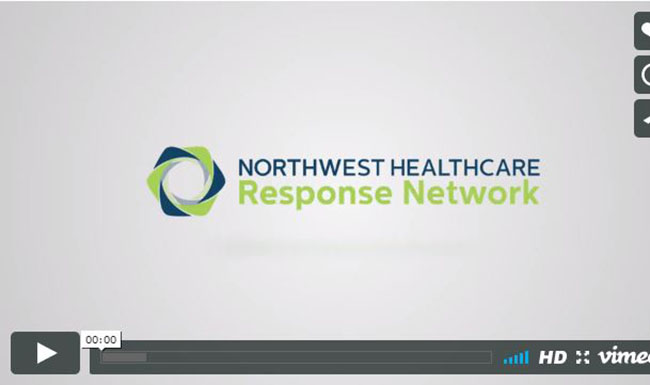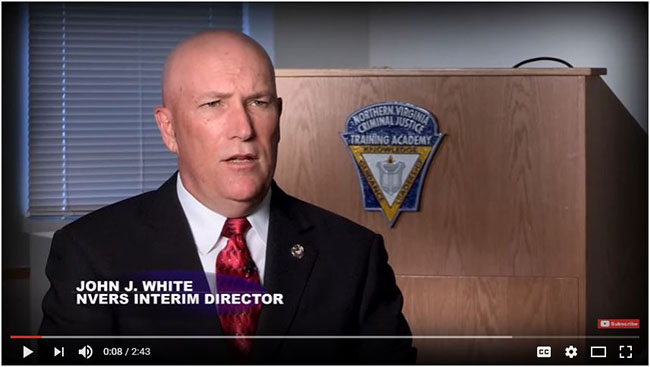Conversations about national health security often take place within the context of the public health field. Yet medical care is just as critical to national health security. Public health is fundamentally the collective health of every individual in the community, and in a disaster or public health emergency, the nation’s emergency medical services – that “pre-hospital” care – stands on the front lines of our nation’s defense.
The National Health Security Strategy (NHSS) recognizes the significance of emergency medical care. The strategy specifically focuses the integration of EMS as part of a seamless continuum within healthcare and with public health. Coming together to plan how the entire health sector will respond to large-scale emergencies yields exponentially more effective outcomes. These partnerships evolve from exchanging information to developing interoperable, scalable, and sustainable systems to meet the community’s needs during emergencies. The ASPR-sponsored health care coalitions are based on this premise.
Examples of EMS proactively improving health security abound in the real-world.
EMS is integrated into the Northwest Healthcare Response Network, a health care coalition serving the greater Seattle-Tacoma area of Washington State. Funded in part through ASPR’s Hospital Preparedness Program, the Network focuses on timely information sharing and effective resource coordination during disasters, bringing together members from across the continuum of health care, public health, EMS, emergency management and the private sector to help the community prepare and respond. Find out more by watching the coalition’s introductory video.

EMS providers are also training others to improve health disaster response. The Northern Virginia Emergency Response System (NVERS ) is a regional alliance of agencies including public health, hospitals, emergency management, EMS, law enforcement, fire, and more. The alliance coordinates disaster preparedness, response, mitigation, and recovery and allows its members to collaborate on communication, training and exercises, equipment, strategic planning, and policy making.
) is a regional alliance of agencies including public health, hospitals, emergency management, EMS, law enforcement, fire, and more. The alliance coordinates disaster preparedness, response, mitigation, and recovery and allows its members to collaborate on communication, training and exercises, equipment, strategic planning, and policy making.
NVERS recently led a “train-the-trainer” course for Tactical Emergency Casualty Care. Led by EMS experts and professionals, twenty-four law enforcement officers, deputies, and troopers attended a hands-on training in basic stabilizing care for the wounded to improve survivability while waiting for medical assets. Participants received the opportunity to practice skills on mannequins that simulated the required response to an amputation following an explosion. Watch this video to learn more.
to learn more.

Aligning the daily life-saving work of EMS across the health sector lays the blueprint for robust and efficient emergency response . This joint approach to preparedness, response and recovery is the backbone of a healthy and resilient community. For more information about the integration of EMS with national health security, visit www.phe.gov/nhss.

